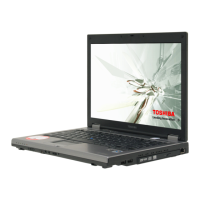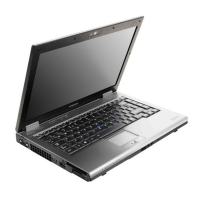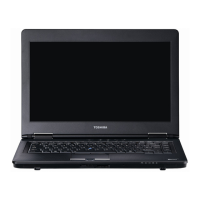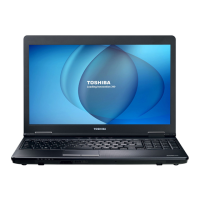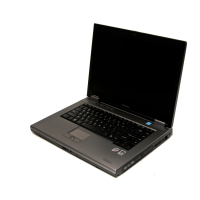What to do if AC adaptor is not functioning correctly (error code 10h or 12h) on Toshiba Desktop?
- Cchristine34Aug 26, 2025
To resolve the AC adapter issue (error code 10h or 12h) on your Toshiba Desktop, ensure the AC adapter cord and AC power cord are securely plugged into the DC IN 15 V socket and the wall outlet.
